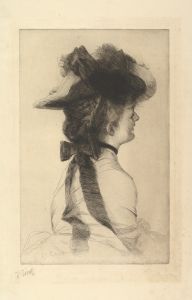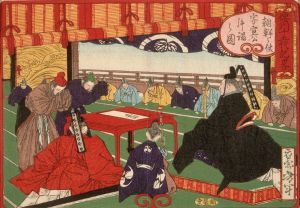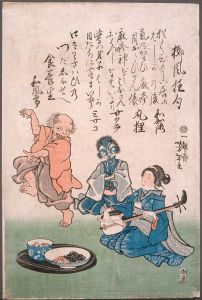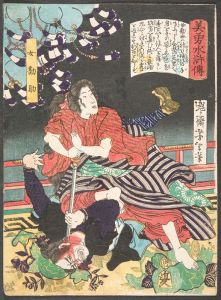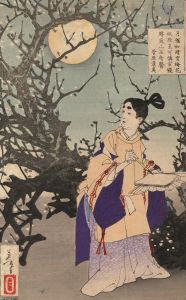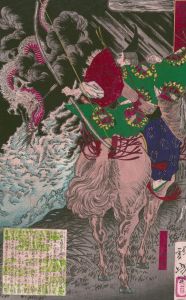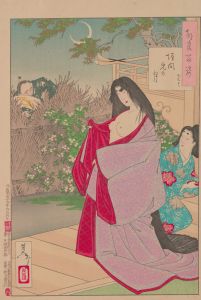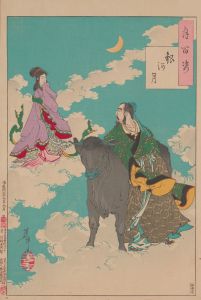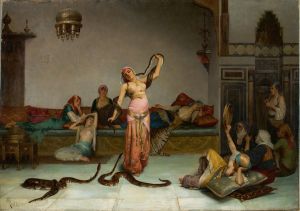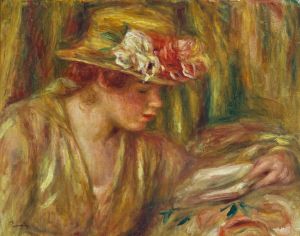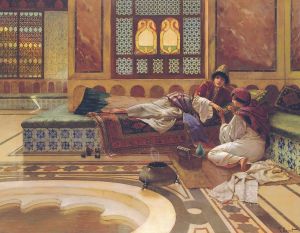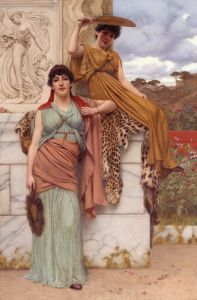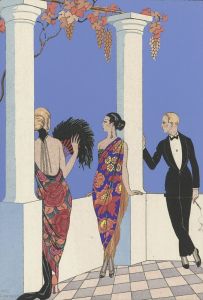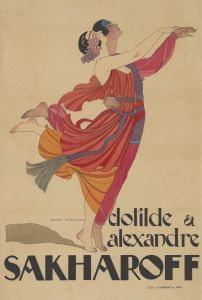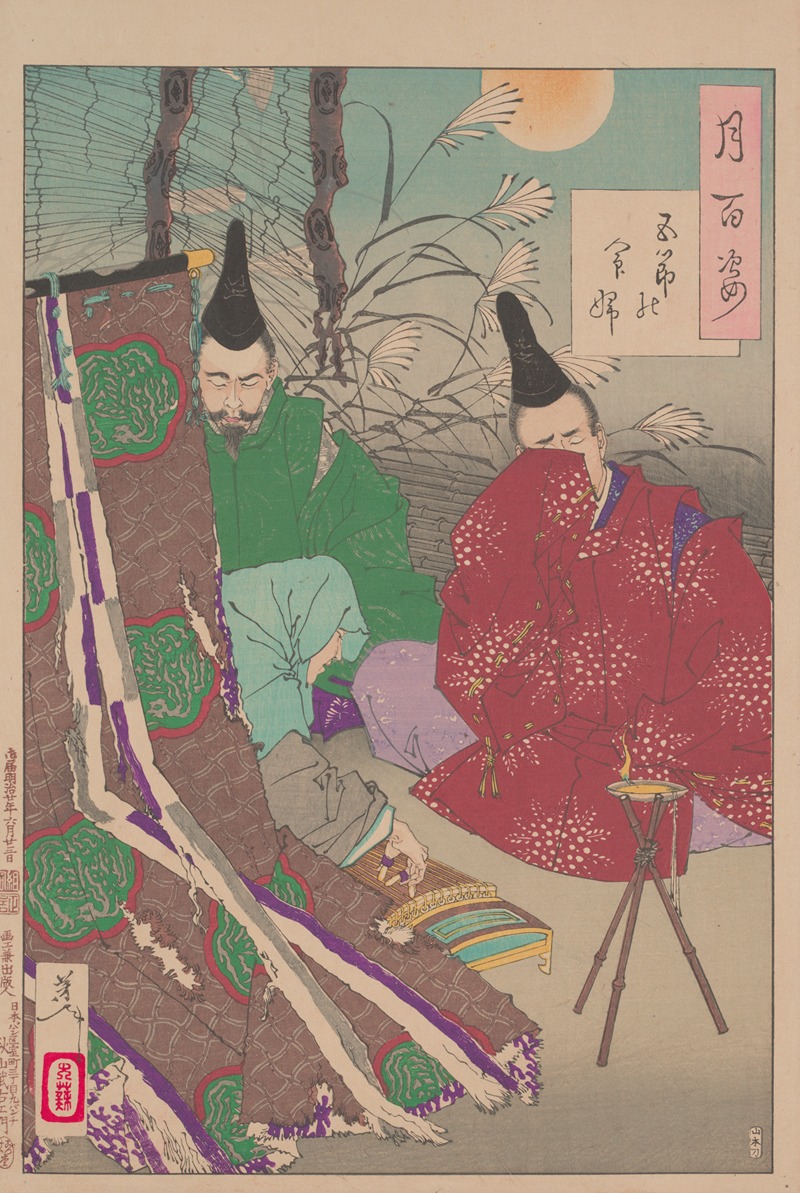
Lady Gosechi
A hand-painted replica of Tsukioka Yoshitoshi’s masterpiece Lady Gosechi, meticulously crafted by professional artists to capture the true essence of the original. Each piece is created with museum-quality canvas and rare mineral pigments, carefully painted by experienced artists with delicate brushstrokes and rich, layered colors to perfectly recreate the texture of the original artwork. Unlike machine-printed reproductions, this hand-painted version brings the painting to life, infused with the artist’s emotions and skill in every stroke. Whether for personal collection or home decoration, it instantly elevates the artistic atmosphere of any space.
Tsukioka Yoshitoshi (1839–1892) was a renowned Japanese ukiyo-e artist, celebrated for his innovative and dramatic woodblock prints. Among his extensive body of work, the print titled Lady Gosechi is one of the many pieces that reflect his mastery of storytelling and his ability to capture the essence of historical and literary figures.
Lady Gosechi is part of Yoshitoshi's famous series New Forms of Thirty-Six Ghosts (Shinkei Sanjūrokkaisen), which was published between 1889 and 1892. This series features supernatural themes, drawing inspiration from Japanese folklore, classical literature, and historical tales. Each print in the series depicts a ghostly or mysterious scene, often with a strong emotional or psychological undertone.
The subject of this particular print, Lady Gosechi, is a character from Japanese history and literature. She was a court lady during the Heian period (794–1185), a time known for its refined culture and artistic achievements. Lady Gosechi is associated with a poignant story of unrequited love and longing. According to historical accounts, she was admired by Fujiwara no Korechika, a prominent nobleman of the time. However, their relationship was never realized, and her story became emblematic of the themes of love and loss that were central to Heian-era poetry and prose.
In Yoshitoshi's depiction, Lady Gosechi is portrayed with an ethereal and melancholic beauty, emphasizing her emotional depth and the tragic nature of her story. The composition of the print is carefully balanced, with intricate details in her clothing and surroundings that reflect the elegance of the Heian court. Yoshitoshi's use of color and line work enhances the dreamlike quality of the scene, creating a haunting yet captivating image.
This print, like others in the New Forms of Thirty-Six Ghosts series, demonstrates Yoshitoshi's ability to blend traditional ukiyo-e techniques with a modern sensibility. His work during this period is often regarded as a culmination of his artistic career, showcasing his technical skill and his deep understanding of human emotion and storytelling.
Today, Lady Gosechi and other prints from the series are highly regarded as masterpieces of late Edo and early Meiji period art. They continue to be studied and admired for their historical significance, artistic innovation, and the way they bridge the traditional and modern aspects of Japanese culture.





